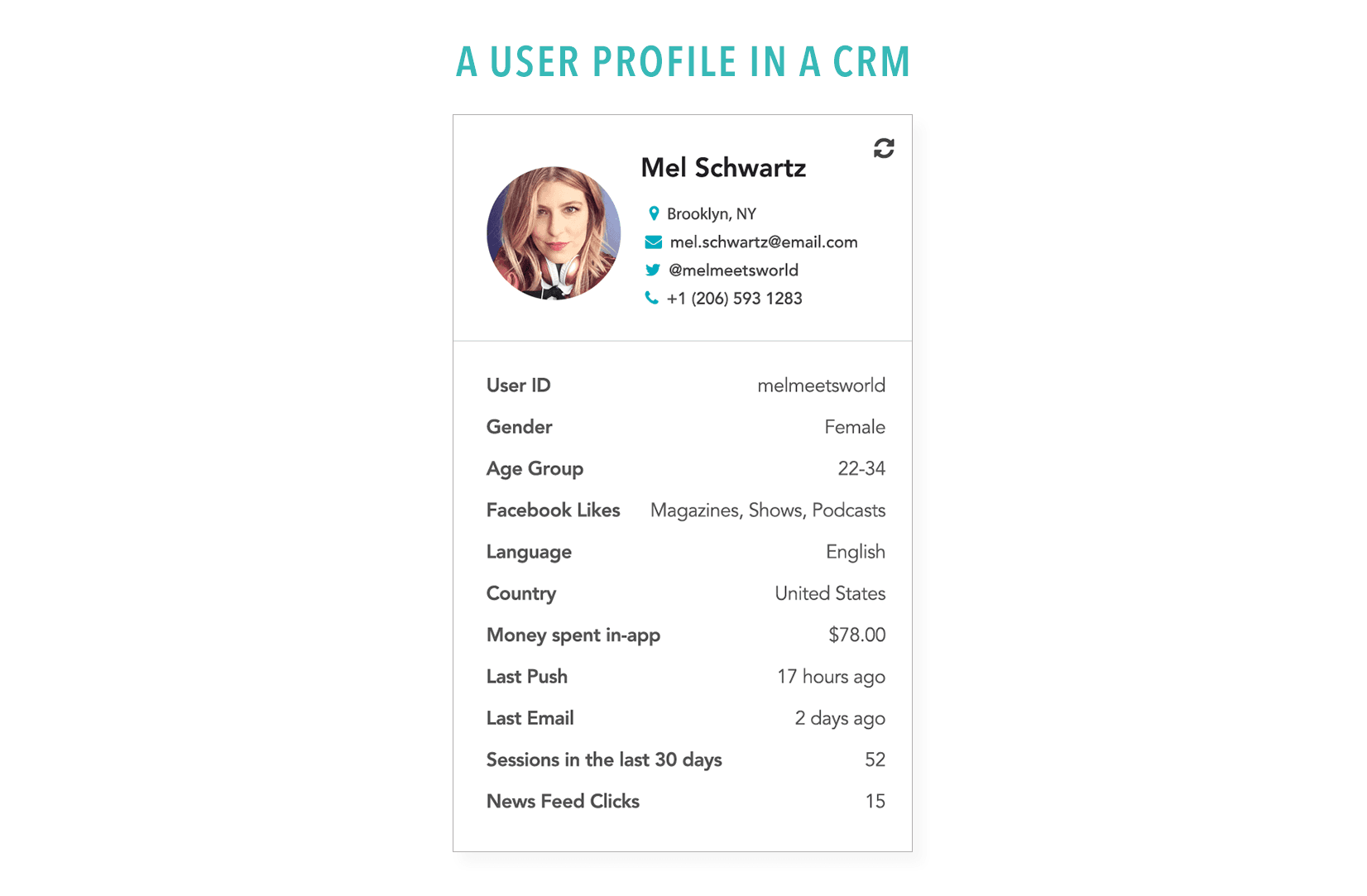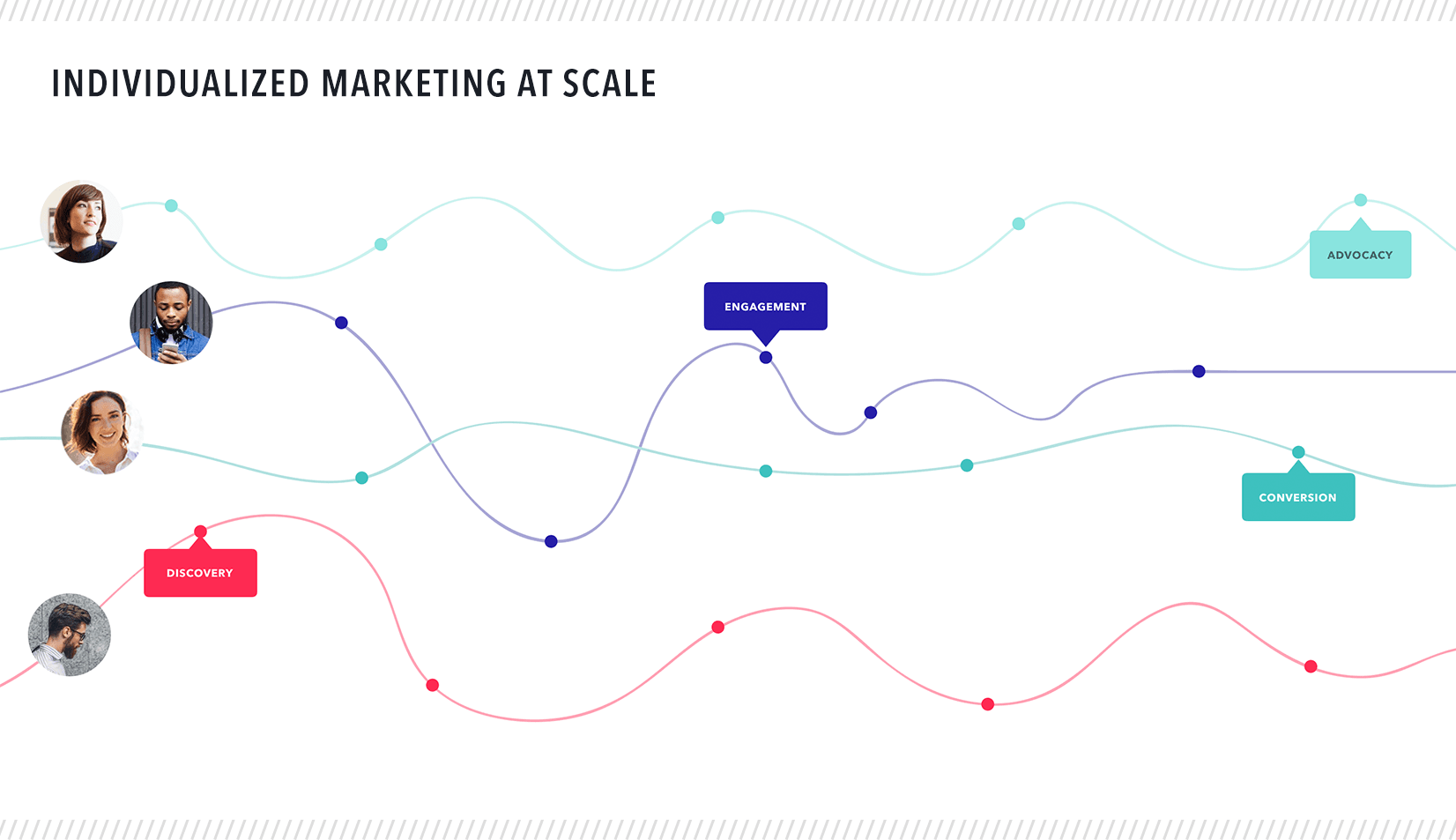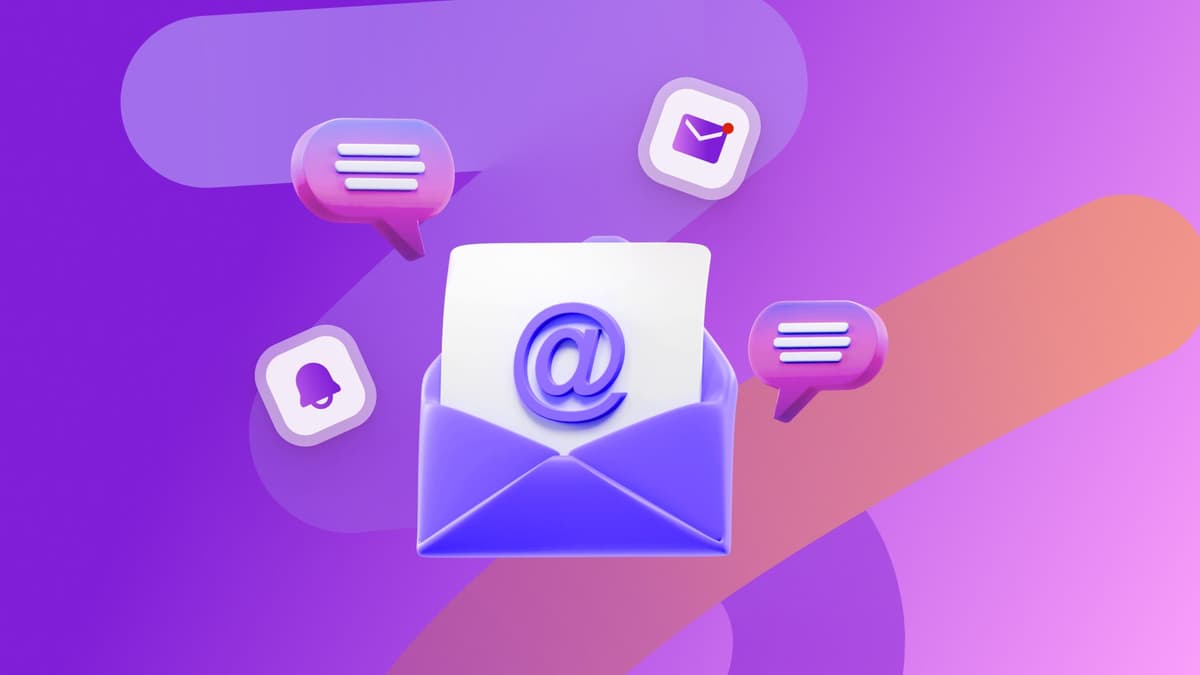The Cheat-Sheet on Marketing CRMs: What, Why, and How
Published on May 25, 2016/Last edited on May 25, 2016/6 min read


Team Braze
Many in the sales and marketing industries are familiar with CRMs—customer relationship management tools—as sales technologies. These tools can track the outreach of a sales team, info about each prospective or current customer, and help teams plan out nurturing tactics to close the deal. A marketing CRM is a newer breed of technology, built to facilitate relationships for marketing teams, and often at a much larger scale, allowing both B2C and B2B companies to track and plan interactions with all of their customers. With the capability to track interactions across a variety of channels and customize marketing according to that data, multichannel marketing CRMs are essential to build real 1:1 customer relationships at scale.
Through a marketing CRM, marketing managers can record a customer’s behavior, track their interests, and see their campaign interactions to ensure marketing messages and campaigns are meeting their needs in the best way possible. Since every customer’s behavior and interests are different, that can make all the difference. Using personalization in campaigns leads to increased conversions and can encourage happy customers to stick with your brand.
The possibilities are in the data
The true value of a marketing CRM is in the way it manages data and harnesses those customer details to improve performance and enable marketing to build relationships with their customers. When you really dig into it, all that rich information about user interactions can be elegant and magnificent. As Appboy Co-founder and CEO, Mark Ghermezian, explains, “Today’s fully integrated CRMs can take something inherently impersonal — massive amounts of data from several different sources — and assemble it in a way that creates a vivid, humanized picture of a real person. And they can do it for every single one of your customers.”

Systems that don’t talk to each other, or don’t integrate well, will make it difficult to create relevant and timely campaigns for each user. Today’s customers are expecting personalized marketing from brands, and in our always-connected world, this trend will only continue. Companies who find themselves trying to link or import engagement or participation data from one system to the marketing platform in another, are likely to encounter duplicates, messy data, or even worse, incomplete data that leads to unoptimized campaigns that can turn off users. If one import tells you that one of your most active, long-term users is only a novice, your interactions could alienate or offend them.
“Wow” moments
Imagine, instead, a centralized system that can track interactions to help you know your customers in all their individual, personal, unexpected glory. From there, you’re on to a marketing plan that can interact according to their attributes and previous campaign interactions to increase engagement and delight. And the result is an email or push notification that causes your customer to pause and think, “Wow, they know me.” If you’ve ever experienced that epiphany as a consumer, from another company’s marketing, you know that this powerful moment has the potential to convert a periodic user into a raving fan. Appboy research has found that sending campaigns to targeted segments (as opposed to larger batch-and-blast campaigns) can increase conversion by 200%.

All this is possible through a marketing CRM and careful automation planning, but it’s just a pipe dream without the technology in place.
What to look for in a marketing CRM
Not all CRMs are created equal, of course. Some will have different areas of strength or focus, so it’s important to invest in a system that meets your marketing and data needs today and for years to come.
So what is essential for your marketing CRM?
1. Multichannel, multi-device capabilities: It’s crucial to be able to stay up to date with all the channels your customers use. Neeraj Agrawal, a general partner at Battery Ventures and member of Appboy’s board of directors, explains, “Customer attention is increasingly moving toward mobile apps today, but the broader and more important trend is that the number of channels and the demands of consumers are increasing faster than they ever have.” You’ll need a system that allows you to stay active through automated campaigns on relevant channels, and that allows you to customize the design and content of the messages you’ll send.
2. Robust reporting: The only thing worse than bad or incomplete data is not being able to fully make use of the data you have. It’s essential to have a reporting system that is easy to use and understand, and that will track the events you care about. Visualization tools and predictive analytics tools can also help you glean insights, and iterate on your campaigns with those insights, more quickly and effectively. When you can accurately pinpoint which segments of customers are responding to which campaigns, you can move forward with confidence and further optimize your efforts. High quality reporting also allows you to keep your team up-to-date and focused on key areas for growth.
3. Structured for lifecycle marketing: A strong CRM is built to be used the same way that real relationships are made. When you meet someone for the first time, at work or through friends, you’ll need more information to commit to that relationship. Once the relationship is established, your interactions will reflect the depth of your prior experiences. Your CRM should enable you to build a similar digital relationship with your customers and support lifecycle marketing. Segmentation abilities are the first crucial need here; when you can target your campaigns to specific groups of customers based on customer attributes, previous campaign interactions, and specific triggers, you can build strategies that nurture your customers wherever they are in their lifecycle.
4. Support and service: Even worse than not being able to analyze your data is not being able to use any of the functionality promised. Maybe you’ve seen companies that have invested in intricate systems but the teams don’t make use of half the functionality available because of the learning curve. That’s why it’s important to pick a CRM from a company you can trust, with an excellent service reputation and built-in learning platforms such as help content and proactive information about platform updates. The only way to optimize your messages and campaigns through personalization and segmentation is through effective set-up and use of the capabilities.
The gist
Fully integrated CRMs are the answer to many of the past decade’s challenges in information management. Now that they’ve moved beyond one-on-one sales nurturing, CRMs have allowed for huge strides in large scale segmentation to build customized customer experiences. A marketing CRM is a major investment, and there are a lot of variations between systems, so it’s important to do the research and choose one with the right capabilities for your company.
Check out Appboy's CRMMarketing CRMs are more than inert databases or campaign automation tools. They’re the way to put everything together for truly personalized marketing. Appboy’s CEO Mark Ghermezian, speaking of our own technology offering, sums it all up like this: “It’s been about moving at the speed of mobile, digesting data and humanizing it for the marketers, building scale, and creating a product that fits the needs of the marketer in our ever-connected world.”
Be Absolutely Engaging.™
Sign up for regular updates from Braze.
Related Content
View the Blog
Adapting to change: How startups can stay agile in a rapidly evolving market

Team Braze

Digital body language: The startup growth multiplier

Team Braze

Understanding email open rates and how to improve them
